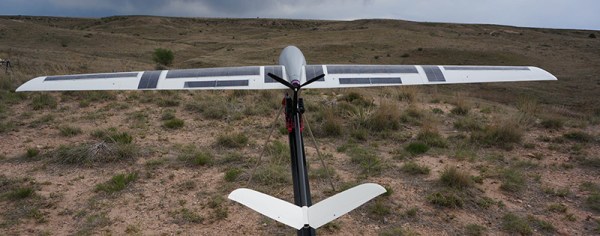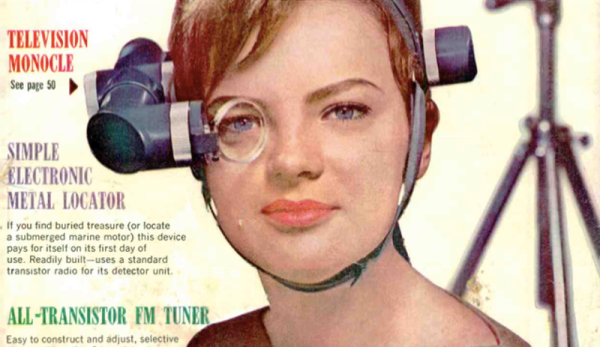For his Hackaday Prize project, [tlankford01] is using RC planes and UAVs as an anti-poaching system for rhinos and elephants. It’s a laudable goal for sure, but the conditions of this use case make for some very interesting engineering challenges.
The design goals [tlandford] has set are relatively simple for a bush plane, but building a plane that can fly 200km with a 6kg payload and return to base is a challenge that isn’t usually taken up by RC enthusiasts. For this project, [tlandford] is using an entirely 3D printed airframe, with living hinges printed right into the control surfaces. That in itself is pushing the limits of amateur airframes, but [tlandford] isn’t stopping there.
This UAV system will be completely automated, with a single ground control system taking care of controlling a swarm of planes, pointing a tracking antenna, and connecting to the Internet for observation or control from anywhere in the world.
The project that has seen a lot of improvement since it was entered in last year’s Hackaday Prize. The addition of a completely 3D printed airframe is a big one, and replacing the RVJet with something that looks a bit more like a glider should increase the loiter times over the target. There’s a video of the Icarus flying available below. If you also have a UAV project entered in The Hackaday Prize, there is now one obvious choice of what music you should use.
Continue reading “Hackaday Prize Entry: Tracking Rhinos With UAVs”























